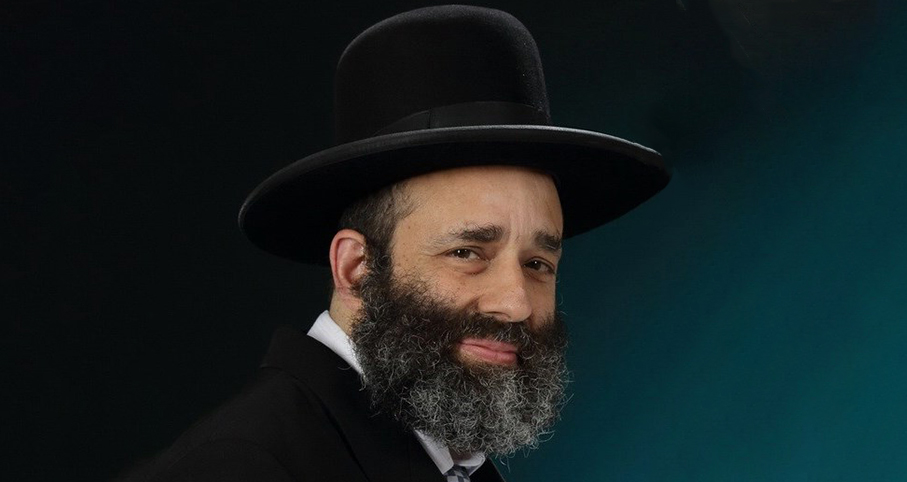The Torah study is dedicatedto the full recovery of
Inbal bat Alon
2979
What about Yaakov’s education? Chazal say that the tents he dwelled in were academies of Torah learning, yet not that of Yitzchak but of Shem and Eiver, respectively (Bereishit Rabba 63). Why was there a need for multiple tents of study? One midrash says that Yaakov was such a matmid (diligent at study), that one teacher was not enough. When Shem finished instruction for the day, Yaakov continued his day of study with Eiver. However, one can give additional explanations.
Going back to Eisav, notice that he was one who knew how to hunt and was in the field. This implies that he used that which he already knew naturally. Neither Yitzchak nor Shem and Eiver taught him his livelihood. Had he been taught how to best become a man of the field along with the ethics of the field he might have fared better.
When Yaakov "graduated" from Yitzchak’s academy, he realized that he was not prepared to face a life filled with a wide variety of challenges. He did not ignore the world and continue in the tent he knew. He was a tam, wholesome and complete on one hand (see Unkelos, 25:27), yet naïve on the other (see Rashi, ibid.). Yaakov decided to broaden his horizons, but not by trying to see how the Eisavs of the world live. To the contrary, he learned from other tent dwellers, each with his own approach and insights, how a Yaakov should deal with the challenges that an Eisav will throw his way. (Even within the world of scholarship, the gemara (Avoda Zara 19a) says that analytical tools are best learned from multiple teachers.)/
The lessons of the parasha for the educator are daunting. One must discover the talents and tendencies of each student. One should not suffice to let the student do what he already knows how to do. Rather, he should lead the student in the direction he should be going and/or teach him the ethics of his field of endeavor. Even when one is on the right path, he may not be able to reach his full potential when limited to a monolithic approach. Rather, he should learn broadly, albeit within an appropriate atmosphere. While these lessons themselves cannot be applied monolithically, it is food for thought for parents and educators alike. P’ninat Mishpat - Wife Who Moved to Israel Without Husband and Refuses a Get (condensed from Piskei Din Rabbaniim- vol. VIII, pp. 97-103)/
Case: A wife left home in South America and moved to Israel. Her husband refuses to move to Israel, and she refuses to return. The husband wants, under the circumstances, to get divorced but she refuses to receive a get.
Ruling: [This Supreme Rabbinical Court ruling reverses that of a lower court].
The halacha is that either spouse can initiate a move to Eretz Yisrael (=EY) against the will of the other (Even Ha’ezer 75). The question is whether one can place sanctions on the side that refuses to move and whether those sanctions include preventing the other side from remarrying.
The gemara (Ketubot 110) states, in proximity to the laws of one spouse forcing the other to move to EY, that a slave can do the same to his master. It is clear that the master is not "enslaved" to his slave. Indeed, the Rambam (Avadim 8:9) writes that the master can choose between moving to EY and selling the slave to someone who is. The proximity [as well as other sources] may indicate that in regard to spouses, as well, neither side can force the other to move to EY but rather each has the freedom to do so without being deemed abandoning his or her spouse.
The Mabit (who lived in EY), discussing a husband who wanted to go to EY against his wife’s will, says that he can force her to go. However, his rationale is that since it is a mitzva to move to EY, beit din can force anyone who lacks a legitimate excuse to fulfill the mitzva. The main reason, he says, that we don’t force people to move to EY is that they may be concerned about finding a livelihood. If the man is confident he can do so, his wife must follow. Others argue and say that we cannot force anyone to go. Rather, the one who does not agree to go is at a disadvantage in regard to the divorce settlement, should they not work the matter out. This is not to force or punish but to make it as feasible as possible for one to move.
The machloket may hinge on whether there is a mitzva from the Torah to move to EY. The Mabit, like the Ramban, feels that there is such a mitzva and thus when one gets married, it is as if he or she committed to go. According to the Rambam, there is no mitzva from the Torah, and it is not as if there is such a commitment. We generally accept the Rambam’s opinion on the matter. In this case, anyway, there is evidence that the woman committed herself to living in the Diaspora. There are also strong indications that she moved to Israel because of a conflict with her husband, not only for love of the Land. It is also significant that the husband is an older man with a good livelihood where he is and a poor prospect of finding a profitable job in Israel. Thus, it is sufficient to require the husband to give a get with payment of the ketuba and not force him to move to Israel by refusing him the ability to remarry. The wife should agree to receive a get.
The Laws Relating to Converts
Rabbi Eliezer Melamed

Fasting on the Wedding Day
Rabbi Yirmiyohu Kaganoff | Sivan 9 5779
7. Shaving
Chapter 3: Customs of Mourning during the Omer Period
Rabbi Eliezer Melamed | Tishrei 30 5782





